Why Wheel Size Matters for Automotive Aesthetics
Finding the Perfect Fit for Your Vehicle
Accurately measuring wheel size is crucial for maintaining vehicle performance and safety. Incorrect wheel sizes can lead to issues such as reduced fuel efficiency, tire wear, and compromised braking performance. The right wheel size not only ensures efficient functionality but also enhances the vehicle's aesthetic appeal, contributing significantly to its visual profile. Expert recommendations generally suggest adhering to manufacturer guidelines specific to the model to ensure optimal fit and compatibility. For existing vehicle owners looking to upgrade their wheels while maintaining compatibility, it's vital to consider aspects such as overall diameter, offset, and proper mounting. This approach guarantees that new wheels fit seamlessly, maximizing both safety and aesthetics — essential components of custom wheels for automotive aesthetics.
Custom Off-Road Rims: Balancing Form and Function
Custom off-road rims possess distinct features that differentiate them from standard wheels, such as wider widths and robust designs. These specifications enhance off-road performance by optimizing traction and durability on challenging terrain, making them highly favored in the automotive customization market. The rising popularity of off-road rim customization is evidenced by market data, showing a significant increase in consumer demand for vehicles tailored to adventurous pursuits. Automotive specialists often emphasize the importance of selecting rims based on specific off-road attributes to achieve ideal performance. This advice aligns with the driver’s need for enhanced durability and style, endorsing the use of custom off-road rims for an unmistakable rugged aesthetic.
Spoke Patterns: From Classic to Avant-Garde
Spoke patterns play a pivotal role in defining the aesthetic appeal and strength of custom alloy wheels. Different designs like five-spoke, multi-spoke, and mesh offer varying levels of visual intrigue and structural integrity. As automotive design evolves, trending spoke patterns such as intricate multi-spoke designs and minimalist styles are gaining traction, influencing both new vehicle designs and classic models. Events like popular automotive showcases highlight these exciting spoke designs, reflecting influencer sentiments across the industry. Customization options abound, allowing drivers to personalize spoke patterns while ensuring compliance with safety standards, thus marrying style with functionality in an effective manner. Incorporating these elements not only boosts the vehicle's appeal but also aligns with the individualistic trends within the automotive modification culture.
Finishes That Make a Statement (Matte vs. Chrome)
When choosing finishes for custom alloy wheels, matte and chrome styles provide distinct visual experiences catering to different consumer preferences. Matte finishes offer a sleek and understated appearance, appealing to those who favor a more subtle aesthetic. Conversely, chrome finishes deliver a bold and shiny look, ideal for consumers who want their vehicles to stand out. Each finish type presents unique maintenance and durability concerns; matte finishes are known for their scratch resistance but can be challenging to clean, while chrome finishes require regular upkeep to maintain their shine. Industry statistics demonstrate increasing consumer interest in these finish options, with choices largely driven by lifestyle and personal tastes over the years. Selecting the most suitable finish can either enhance or detract from the overall look of a vehicle, empowering owners to make informed decisions based on their priorities and aesthetic goals.
Material Innovation in Modern Wheel Customization
Sustainable Choices for Eco-Conscious Drivers
The demand for sustainable wheel materials, such as recycled metals and eco-friendly finishes, is rising significantly as eco-conscious consumers seek to minimize their environmental impact. Brands in the automotive aftermarket are increasingly focusing on these sustainable options to attract this growing segment of consumers. Key players are striving for certifications that validate their eco-friendly practices, showing a strong commitment to both quality and sustainability. Data indicates eco-conscious consumer behavior is pushing automotive manufacturers to adopt sustainable practices more actively. For example, wheels made from sustainable materials are not only appealing for their reduced environmental footprint but also serve as a testament to responsible innovation in automotive customization. Industry standards are evolving to include certifications that verify and encourage the use of eco-friendly materials, further pushing the trend towards sustainable choices in wheel production.
Forged vs. Cast: Durability Meets Design
Understanding the differences between forged and cast wheels is crucial for drivers looking for the right balance between durability and design. Forged wheels are often praised for their superior strength and lightweight properties, making them ideal for performance vehicles. In contrast, cast wheels offer affordability and diverse aesthetic options, making them suitable for everyday drivers prioritizing style. This choice directly impacts both performance and aesthetics; forged wheels are favored for racing applications due to their durability, while cast wheels provide versatility in design for everyday use. Experts such as automotive engineers suggest considering driving habits when deciding between forged and cast wheels. For instance, drivers looking to enhance performance might opt for forged wheels, while those seeking aesthetic appeal without the high cost can choose cast wheels. Understanding these differences helps ensure the selection of wheels that meet individual needs regarding durability and design preferences.
Achieving Visual Impact Without Sacrificing Performance
Aerodynamic Considerations for Larger Wheels
Larger wheels can significantly alter the aerodynamics of a vehicle, impacting both its performance and fuel efficiency. To optimize aerodynamics, vehicle manufacturers may employ several design modifications. These can include reshaping the wheel arches or utilizing vortex generators that enhance airflow around the wheels. Industry examples, such as those seen in high-performance models like the Porsche 911 GT3, demonstrate how these aerodynamic enhancements can effectively mitigate the drag caused by larger wheels. Automotive designers often emphasize the importance of balancing visual impact with functional performance to achieve optimal results. By carefully integrating aerodynamic features, enthusiasts can enjoy the dramatic look of larger wheels without compromising their vehicle's efficiency.
Weight Distribution and Handling Dynamics
Wheel size and weight distribution are crucial elements that affect a vehicle's handling dynamics and stability. A larger wheel size might improve aesthetics, but improper weight distribution can hinder performance. The concepts of offset and backspacing are vital in maintaining superb weight distribution, ensuring optimal traction and control. Expert testimonials from automotive engineers underscore the relationship between wheel weight and handling capability. For instance, studies have found that reducing unsprung weight can enhance cornering speed and stability, especially in racing conditions. Drivers aiming to optimize their vehicle's handling should prioritize choosing wheels that maintain the right balance between size and weight, considering factors such as alloy composition and overall wheel construction.
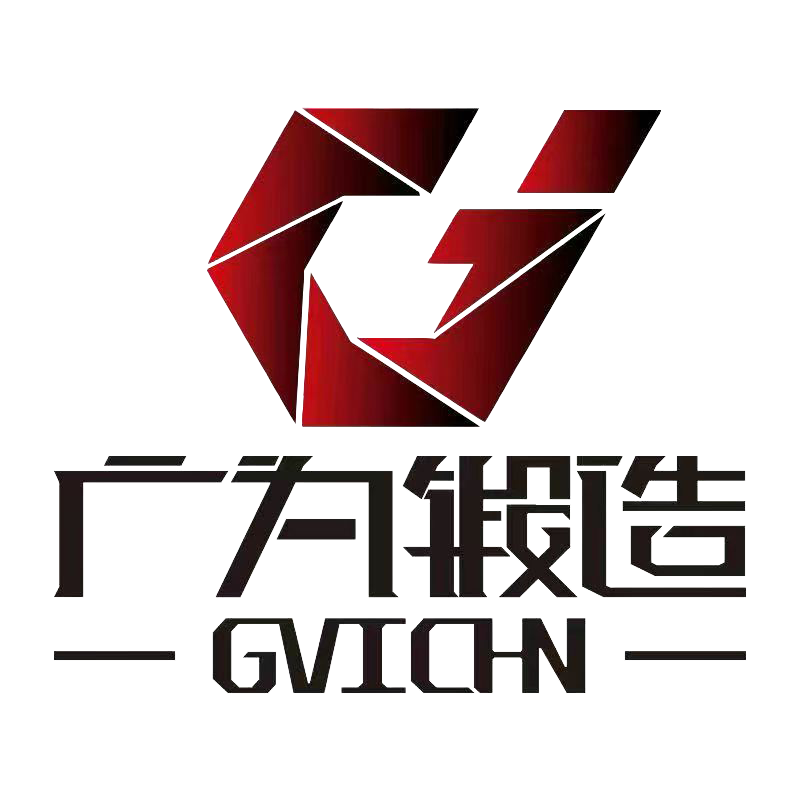
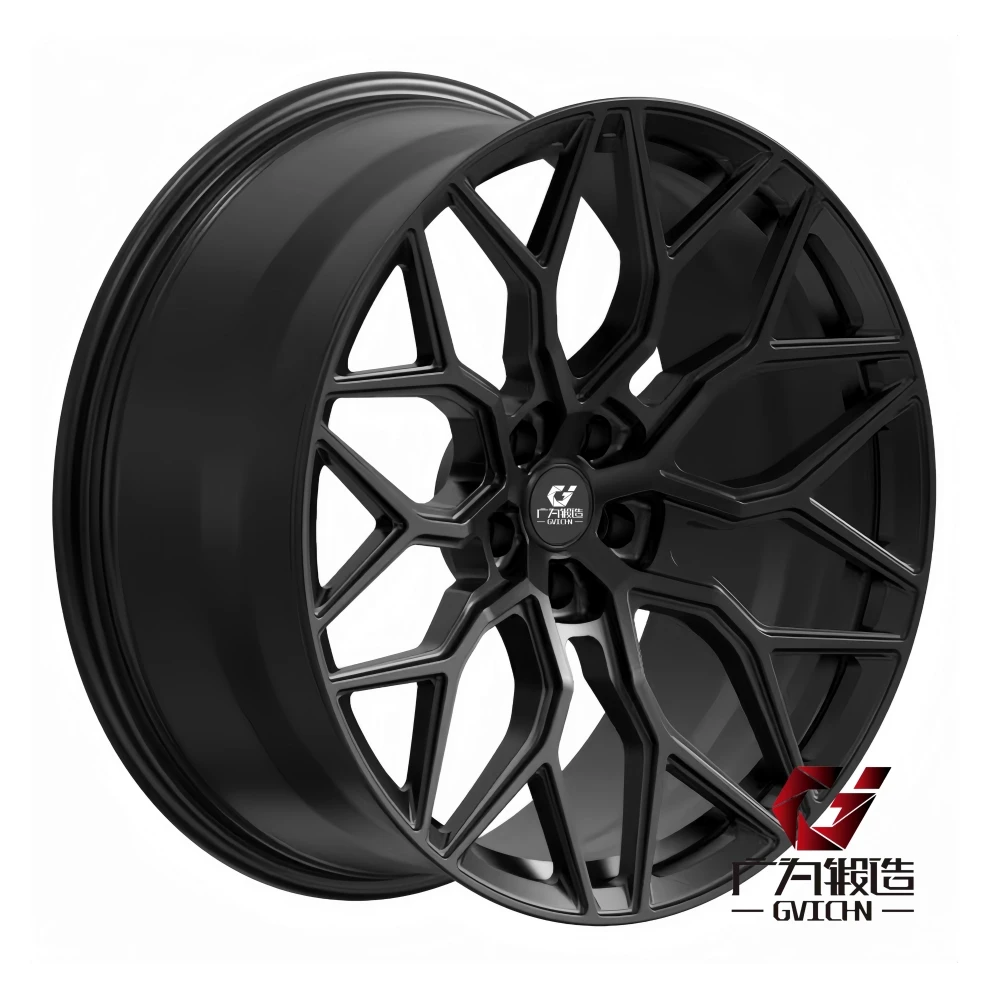

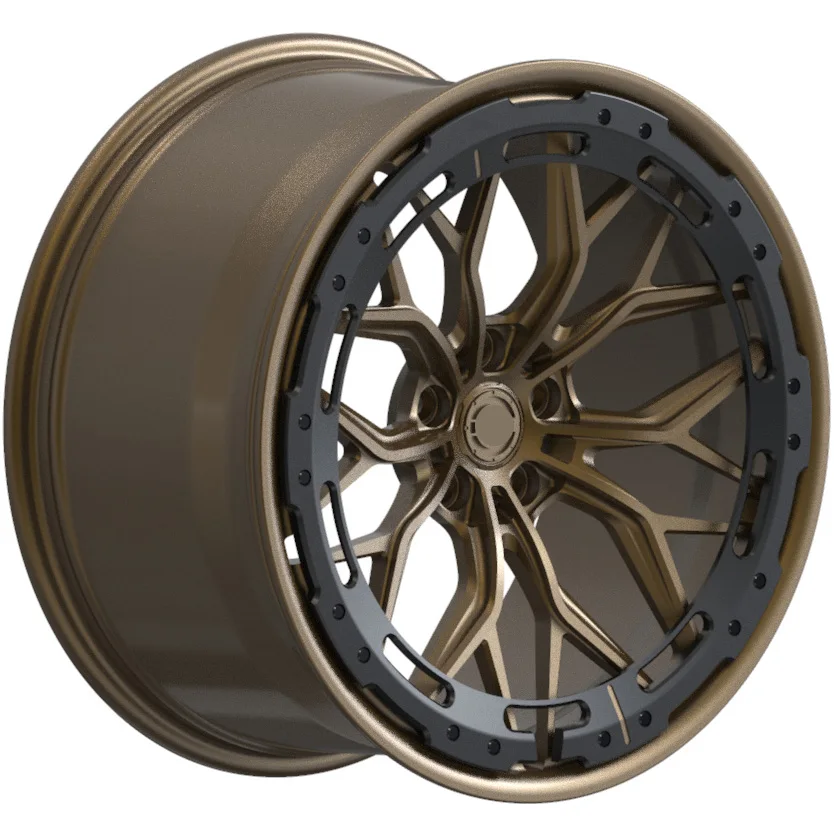
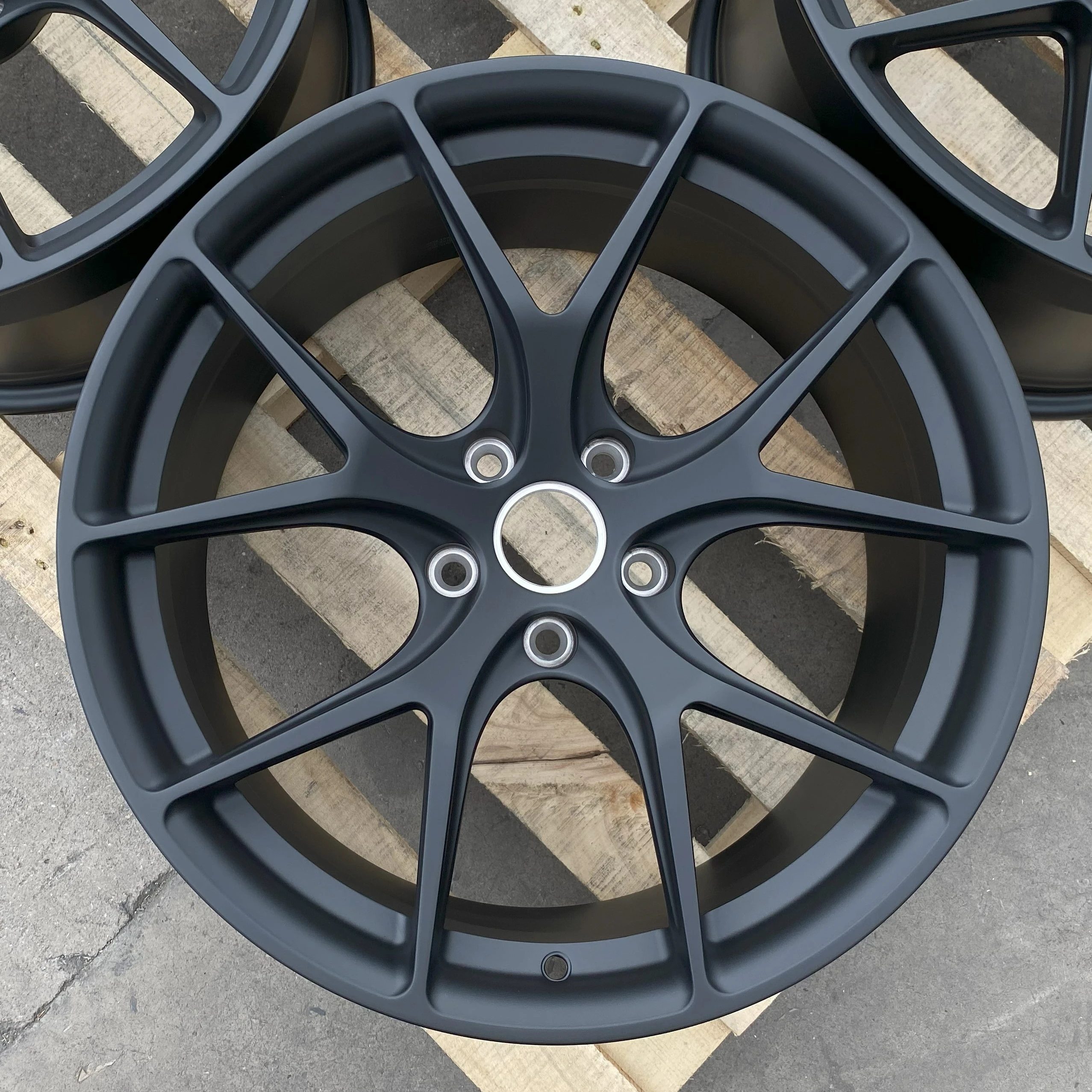
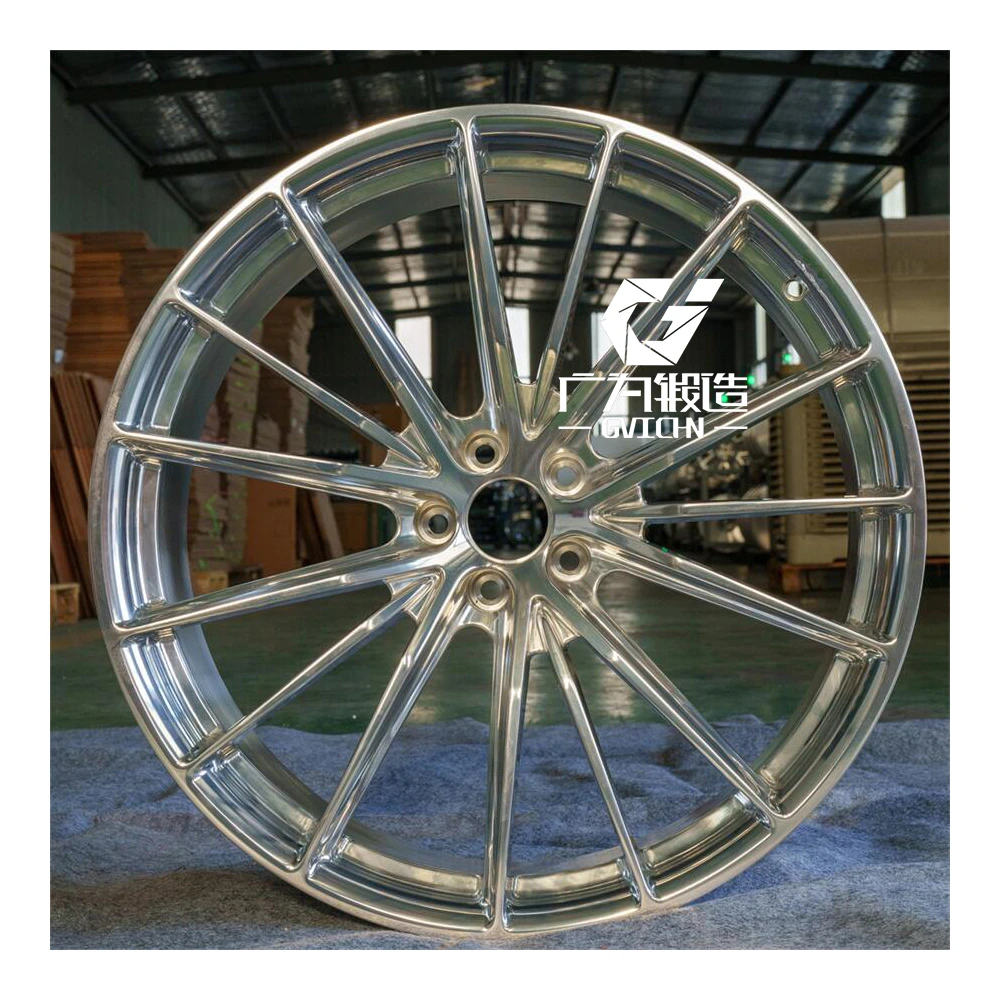
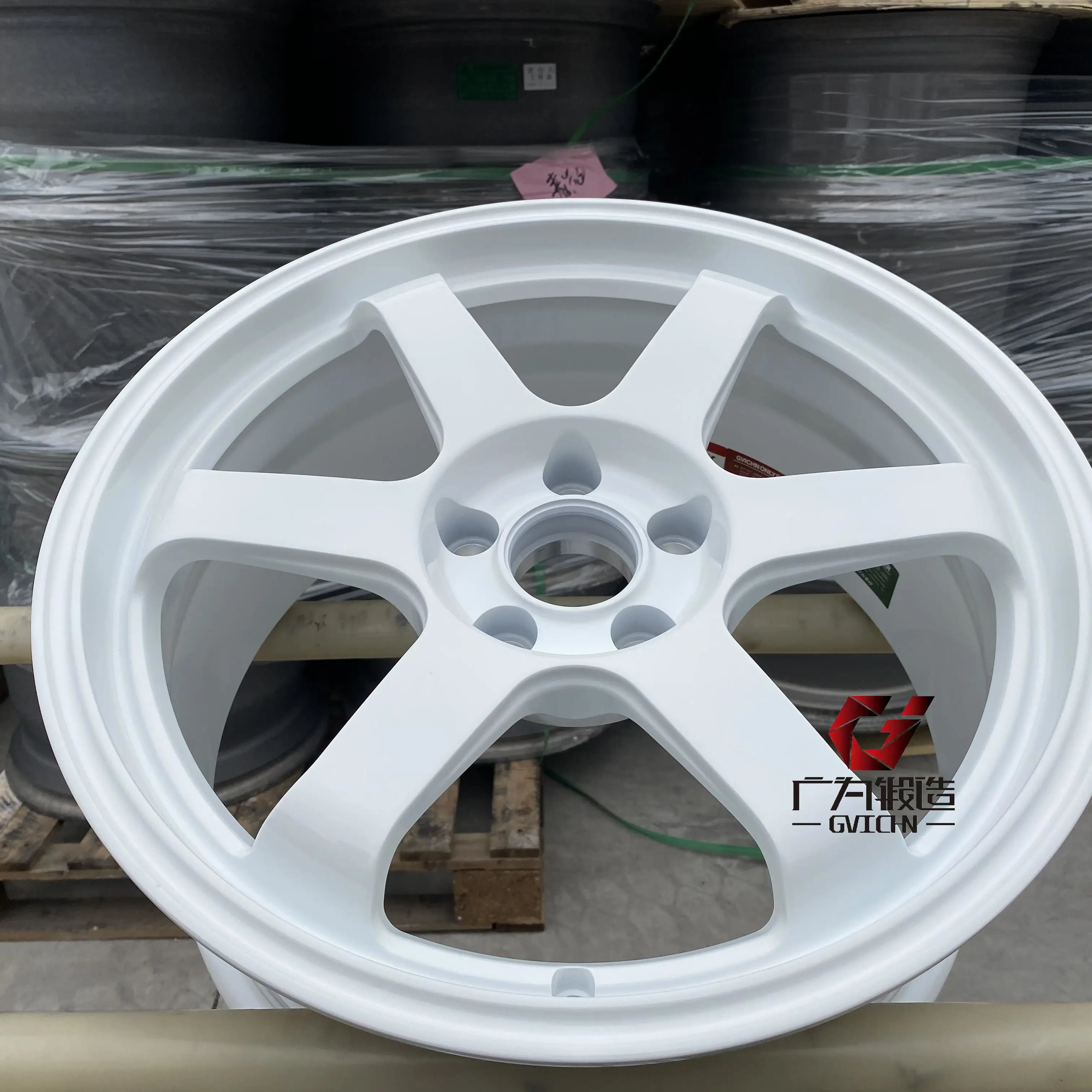
 Hot News
Hot News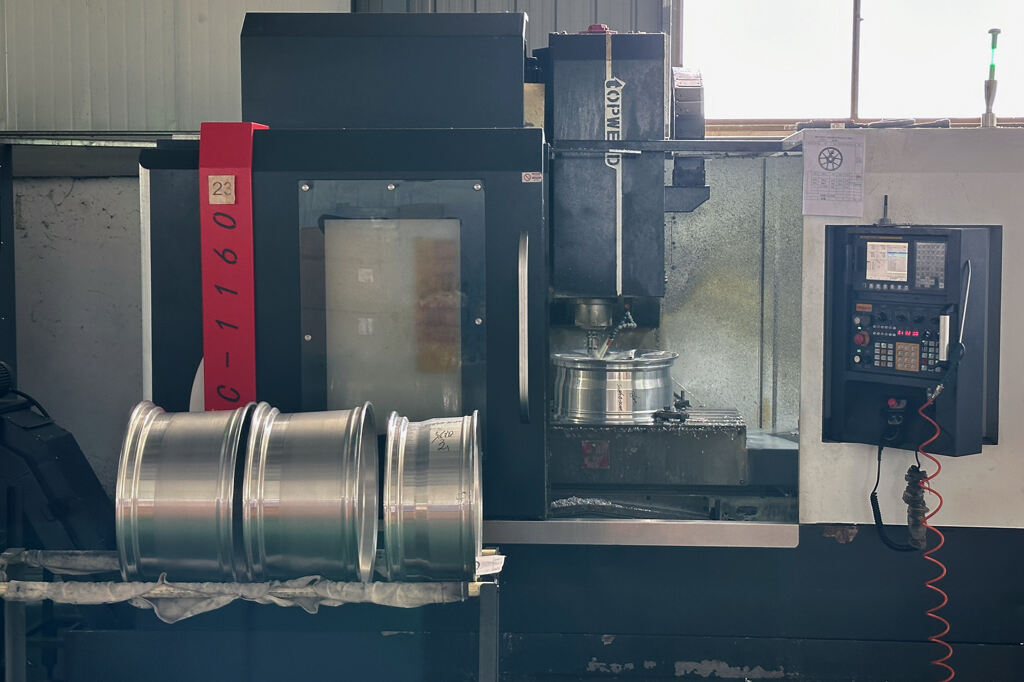
 ONLINE
ONLINE